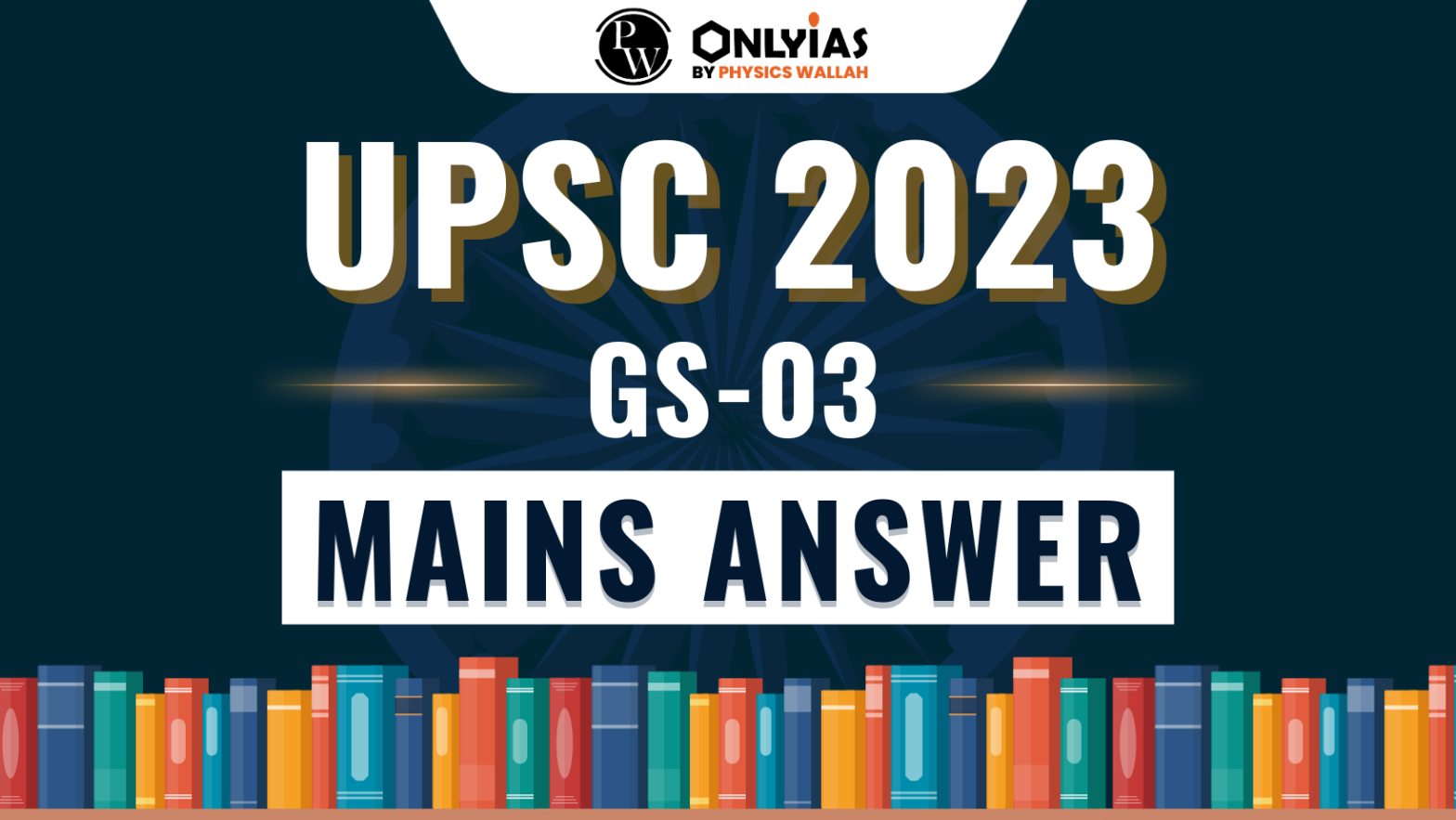Explore India's third Moon mission's main task, its previous challenges, and countries that have achieved this goal. Insights for UPSC GS Paper 3

Q16. What is the main task of India’s third moon mission which could not be achieved in its earlier mission? List the countries that have achieved this task. Introduce the subsystems in the spacecraft launched and explain the role of the Virtual Launch Control Centre at the Vikram Sarabhai Space Centre which contributed to the successful launch from Srihari Kota.
| How to approach the question
Introduction ● Write about India’s third moon mission briefly Body ● Write the main task of India’s third moon mission which could not be achieved in its earlier mission ● Write the countries that have achieved this task ● Write about the subsystems in the spacecraft launched ● Write the role of the Virtual Launch Control Centre’ at the Vikram Sarabhai Space Centre led to its successful Conclusion ● Give appropriate conclusion in this regard |
Introduction
Chandrayaan-3 is India’s third lunar mission, launched by ISRO in 2023. It consists of a lander and a rover, but no orbiter. It aims to explore the south pole of the Moon and conduct scientific experiments. Building upon the legacy of its predecessors, it sets itself apart with its primary objective: achieving a soft landing on the Moon’s surface, something the earlier missions couldn’t accomplish.
Body
Main task of India’s third moon mission which could not be achieved in its earlier mission
Countries that have Achieved this Task:
Subsystems in the Chandrayaan 3 Spacecraft:
i-Propellant Propulsion System (MMH + MON3), 4 nos. of 800 N Throttleable engines & 8 nos. of 58 N Throttleable Engine Control Electronics
The Virtual Launch Control Centre (VLCC) at Vikram Sarabhai Space Centre (VSSC) is a state-of-the-art facility that employs artificial intelligence and machine learning to adapt and respond to real-time changes in the rocket launch environment. The VLCC helps in ensuring the success of India’s space missions.
Role of the ‘Virtual Launch Control Centre’ in the Successful Launch of Chandrayaan-3 Mission:
Conclusion
The success of India’s third moon mission would be a significant milestone, elevating its stature in the realm of space exploration. It will not only bring technological prowess but also pave the way for future missions, making India a significant player in the future of space exploration.
| For a Detailed explanation of the UPSC GS-01 Mains question 2023, click here.
For a Detailed explanation of the UPSC GS-02 Mains question 2023, click here. For a Detailed explanation of the UPSC GS-03 Mains question 2023, click here. For a Detailed explanation of the UPSC GS-04 Mains question 2023, click here. |
This is a demo FAQ to show how questions and answers can be displayed.

<div class="new-fform">
</div>